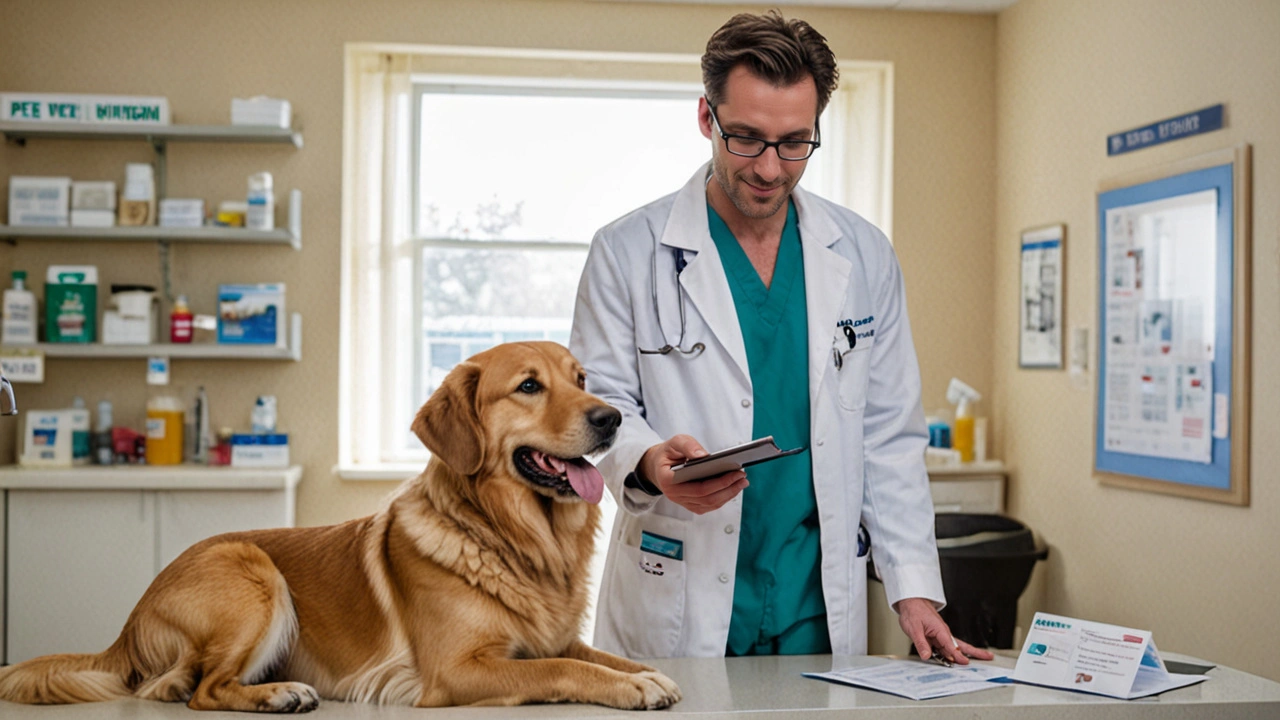Pet Medication: What Every Pet Owner Should Know
Got a dog, cat, rabbit, or even a hamster? You probably already know that keeping them healthy means more than just food and walks. The right meds can make a big difference, but only if you pick the right ones and use them properly. This guide breaks down the essentials so you can feel confident about any pill, spray, or drop you give your furry friend.
First off, don’t treat pet meds like human over‑the‑counter pills. Animals process drugs differently, and a dose that’s safe for you could be toxic for a pet. That’s why a vet’s prescription is the first step before you click ‘add to cart’ on any website.
Common Types of Pet Medication
Pet meds fall into a few broad groups. Antibiotics like amoxicillin or clindamycin fight bacterial infections, but they only work when a vet confirms the infection. Pain relievers such as meloxicam or gabapentin help with joint pain or post‑surgery recovery. Dewormers (e.g., praziquantel, pyrantel) keep internal parasites at bay, and flea and tick products protect skin and coat. You’ll also see heartworm preventatives and vaccines listed as “medication” on many sites—both are crucial for long‑term health.
Each class has its own dosage rules. Small dogs might need a few milligrams, while a large Labrador could need a full tablet. Always double‑check the label for the weight range and follow the vet’s instructions to the letter.
How to Choose Safe Online Pharmacies for Your Pets
Buying pet meds online can save time, but only if the pharmacy is legitimate. Look for a site that asks for a prescription—anyone offering drugs without it is a red flag. Check if the pharmacy displays a valid license number and a physical address. In the UK, the Veterinary Medicines Directorate (VMD) regulates online sales, while in the US the FDA monitors veterinary drugs.
Read customer reviews, but focus on details about product quality, shipping speed, and how the pharmacy handled prescription verification. A quick call to the pharmacy’s support line can also reveal if they’re knowledgeable about pet dosing.
When you receive a medication, inspect the packaging. Legit drugs come in sealed, tamper‑evident containers with clear batch numbers and expiration dates. If anything looks off—misspelled names, unusual colors, or missing info—don’t use it and contact your vet immediately.
Finally, keep a simple log of every med you give your pet: name, dose, time, and any reactions. This record helps your vet spot patterns and adjust treatment fast.
Bottom line: the right pet medication can keep your companion thriving, but only when you choose trusted sources, follow dosage rules, and stay in touch with your vet. With these basics in hand, you’ll feel more secure ordering, giving, and tracking meds for your furry family member.

